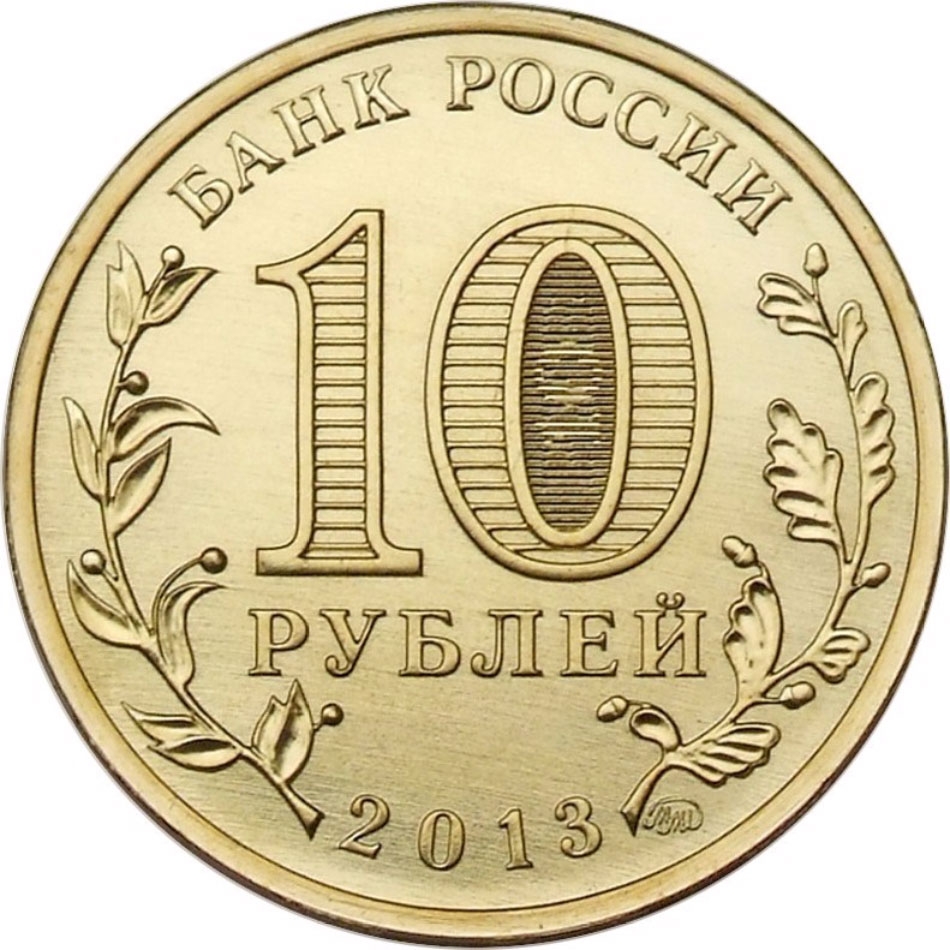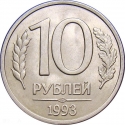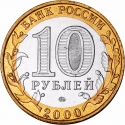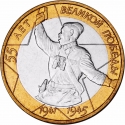You are about to finish your registration. Please check your mailbox (including spam folder). There should be a letter with a confirmation link. Check setting to make sure that your e-mail address is correct.
Send letter againDescription
The Battle of Stalingrad (23 August 1942 – 2 February 1943) was a major battle on the Eastern Front of World War II in which Nazi Germany and its allies fought the Soviet Union for control of the city of Stalingrad (now Volgograd) in Southern Russia, on the eastern boundary of Europe.
Marked by fierce close quarters combat and direct assaults on civilians by air raids, it is often regarded as one of the single largest (nearly 2.2 million personnel) and bloodiest (1.7–2 million wounded, killed or captured) battles in the history of warfare. German forces never regained the initiative in the East and withdrew a vast military force from the West to replace their losses.
The German offensive to capture Stalingrad began in August 1942, using the German 6th Army and elements of the 4th Panzer Army. The attack was supported by intensive Luftwaffe bombing that reduced much of the city to rubble. The fighting degenerated into house-to-house fighting, and both sides poured reinforcements into the city. By mid-November 1942, the Germans had pushed the Soviet defenders back at great cost into narrow zones along the west bank of the Volga River.
On 19 November 1942, the Red Army launched Operation Uranus, a two-pronged attack targeting the weaker Romanian and Hungarian armies protecting the German 6th Army's flanks. The Axis forces on the flanks were overrun and the 6th Army was cut off and surrounded in the Stalingrad area. Adolf Hitler ordered that the army stay in Stalingrad and make no attempt to break out; instead, attempts were made to supply the army by air and to break the encirclement from the outside. Heavy fighting continued for another two months. By the beginning of February 1943, the Axis forces in Stalingrad had exhausted their ammunition and food. The remaining units of the 6th Army surrendered. The battle lasted five months, one week, and three days.
Obverse

|
In the center of the disc the indication of the face value of the coin 10 RUBLES. Inside of the figure 0 hidden pictures of the figure 10 and of the inscription RUB visible by turns on changing angle of vision. Along the rim circular inscriptions, on top: BANK OF RUSSIA, on bottom the mint trade mark (MMD) and the date, to the left the stylized image of a laurel branch, to the right of the oak one. БАНК РОССИИ |
|---|---|
Reverse

|
Monument 'Stay to Death' in Mamaev Kurgan, lettering around: "The 70th anniversary of the defeat of the Soviet troops of Nazi troops in the Battle of Stalingrad". 70-ЛЕТИЕ РАЗГРОМА СОВЕТСКИМИ ВОЙСКАМИ НЕМЕЦКО-ФАШИСТСКИХ ВОЙСК В СТАЛИНГРАДСКОЙ БИТВЕ |
| Edge |
6 sections with 5 corrugations and 6 sections with 7 corrugations alternated with 12 smooth sections. |
Characteristics
| Type | Commemorative Issue (Circulating) |
| Material | Brass Plated Steel |
| Weight | 5.63 g |
| Diameter | 22 mm |
| Thickness | 2.2 mm |
| Shape |
|
| Alignment | Medal |
| Mint |
Moscow Mint (MMD)
|







